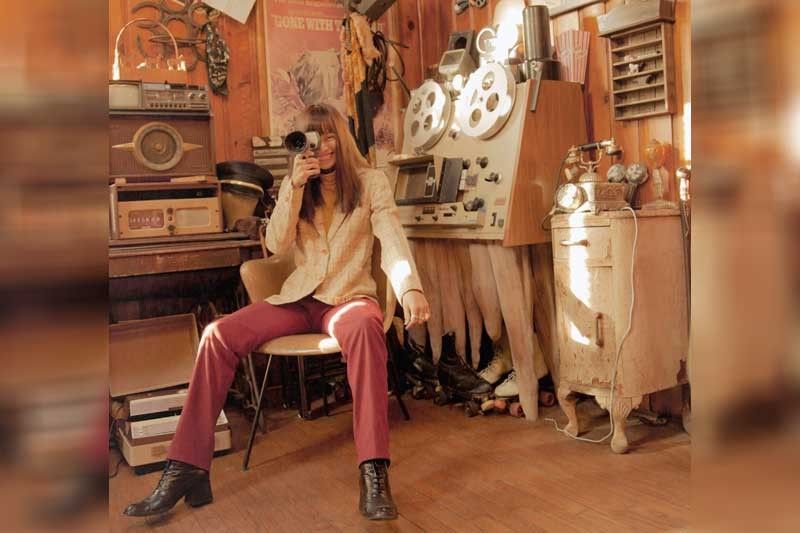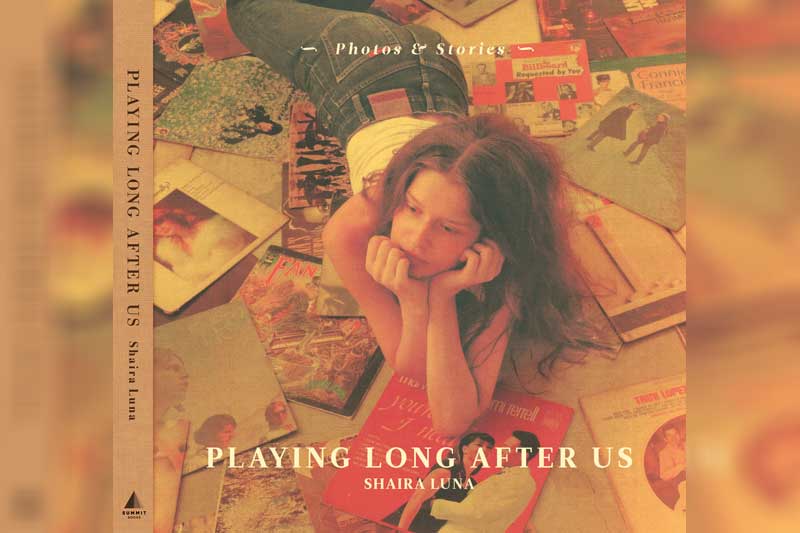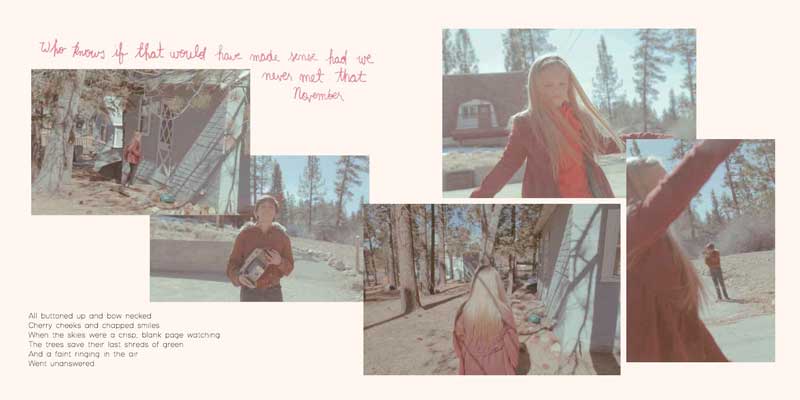Shaira Luna snaps love, time and memory in ‘Playing Long After Us’

The photographer releases a compilation of visual short stories for her first book.
MANILA, Philippines — ‘I think my work takes on a different feeling when I am left to my own devices.’
It’s impossible to look through a magazine, a slew of billboards, digital titles, books, or almost any publication with photographs without seeing Shaira Luna’s work in the mix. She’s long been regarded for her soft attention to beauty, and her particularly editorial aesthetic that tends to shine especially in fashion spreads. Tomorrow, Luna embarks on another journey, one of more deliberate storytelling. She launches her book Playing Long After Us, a compilation of visual short stories shot by Luna and designed by Patrick Jamora, accompanied by writing from Marla Miniano and Anton Umali. Its five chapters hinge on songs from different decades, reflecting strongly on love, time and memory.
YSTYLE: What was the inspiration behind the concept?
SHAIRA LUNA: Coming out with a book wasn’t in my thoughts at all. So when the publishers approached me, I knew that I had to do something I was comfortable and familiar with first, so that the readers would feel the same way. One of the things I like to do every free day is to shoot lots and lots of personal work —mostly photo stories that are based on songs, characters, or time periods that I produce or style myself. The publishers agreed to this kind of production, and I am very grateful because I think my work takes on a different feeling when I am left to my own devices.

Playing Long After Us by Shaira Luna
As someone whose work is so entrenched in visuals, how important is the addition of words to what you do?
Even without the actual text accompanying the photographs, I guess I have always just shot in story form — probably since 2012, when I started doing my personal work. I didn’t have a solid background in fashion or photography, so I think that making up stories in my head as I went along helped get me through a lot of shoots. In the book, the words are very important, because there are so many photos and there needed to be a little string to lead the viewer from one point to another.
How did you choose which writers you wanted to work with?
I am grateful that Marla Miniano and Anton Umali chose to work with me! We have collaborated on magazines and other print projects in the past, which made me say yes to them after just a little prodding. Marla is always thoughtful and delicate yet strong in her writing. Anton has a particular sense of humor and urgency, and seems like the stronger voice in comparison, but is really a softie! It really helped that they are very familiar with my work (even my old, almost unseen ones!) so they were able to magically put themselves in three points of view — mine, the characters’, and their own. The book would not be as heart-tugging or relatable without their words.
I must also mention the designer of the book, Patrick Jamora, who I had in mind (and no one else) from the very beginning. There is nothing on his feed that suggests he would take on a rather sweet project such as this, but his photographs show an observant, quiet and refined eye. I just told him what I wanted the book to feel like, and upon seeing the layouts, I could not have asked for more.
Given that this is not your run-of-the-mill photographer’s coffee table book, what was the process like for you?

The process was not too different from what I normally do — and again, I wanted it to be that way — except that this time, I had two funny and intelligent people to brainstorm with who could help me narrow down all the ideas. What I kept in mind and wanted to stay true to were the titles, so regardless of the changes and unforeseen circumstances, the photos would still work with the titles.
I set off for each shoot abroad with a loose outline or the general gist of the story, and packed all the clothes and props I would possibly need into my two allowed suitcases. Anything else that was missing, or I felt could add to the story, I purchased in thrift stores. There were definitely major changes made to the stories along the way, but I think Anton and Marla’s standard reply to all my updates was, “kaya yaaan!” I’m super grateful for their trust and company.
What would you say was the most difficult part of the process, and which was the most enjoyable?
I’d say that the most difficult part was trying to narrow down the kinds of stories we wanted to tell. I hugely enjoy the visualization, and the production, the preparation, and, of course, the shooting. All the details are always so important and crucial to some stories, but I also really enjoy it when the story somehow flows on its own. Take the first chapter, for instance: the dance element only entered minutes before the scene, when we found out that Lola Androgynous (the Instagram handle of Tessie Singson, self-described “fashion slayer at 65” who plays one of the characters) is a ballroom dancer. We all came up with a change in the story right there and then! All of us thoroughly enjoyed that shoot.
Once the copies fall into hands of eager readers, what do you hope they take away from this book?

Err, just simple hopes, really! That maybe once they put the book down, that they can drift off for a moment and remember something — a scent, a person, or a melody — and just feel.
* * *
Playing Long After Us launches on Sept. 15, 2018, with a book signing from 7 to 8 p.m. at the Manila International Book Fair, booths 211-215 and 228-229 at SMX Convention Center. For more information, check Summit Books social media accounts, @summit.books on Instagram and Facebook.com/SummitBooks.















